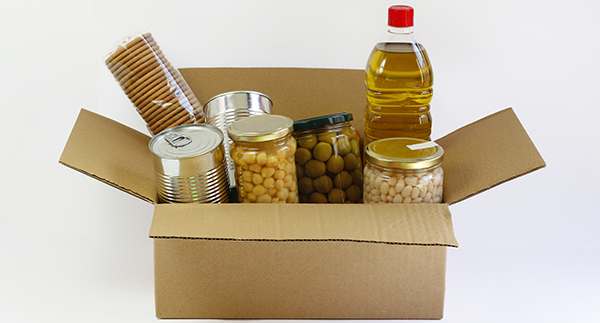Harvest Box: Building a Better Understanding of Likely Effects
 The Trump administration’s Harvest Box proposal would radically reform the Supplemental Nutrition Assistance Program (SNAP) by replacing about half of the dollar value of the SNAP benefit with a home-delivered, USDA-specified package of food. The proposal has been widely and sharply criticized, with nutrition advocates and retailers labeling Harvest Box as impractical and immoral.
The Trump administration’s Harvest Box proposal would radically reform the Supplemental Nutrition Assistance Program (SNAP) by replacing about half of the dollar value of the SNAP benefit with a home-delivered, USDA-specified package of food. The proposal has been widely and sharply criticized, with nutrition advocates and retailers labeling Harvest Box as impractical and immoral.
Our just released Abt Thought Leadership Paper is intended to begin the process of seriously considering the Harvest Box proposal. The paper has two parts. First, we draw on appropriate theory and empirical evidence to provide informed—but very preliminary—analysis of the proposal. That analysis suggests that Harvest Box is almost certainly feasible. Furthermore, given limited empirical evidence from rigorous evaluations of similar programs, it is our preliminary sense that Harvest Box might have positive impacts on nutrition and moderately cut total costs, with only moderately negative impacts on food security. The analysis also suggests that the details of design and implementation will matter a lot.
However, a “preliminary sense” of feasibility and impacts is not enough to support such a radical reform of SNAP. Instead, the second part of the paper urges a formal impact evaluation of a moderate-sized pilot. The paper outlines a robust three-phase evaluation strategy, including a random assignment impact evaluation.
With the results of such a rigorous evaluation, the nation could use solid estimates to make an informed decision as to whether some variation of Harvest Box would improve SNAP.
